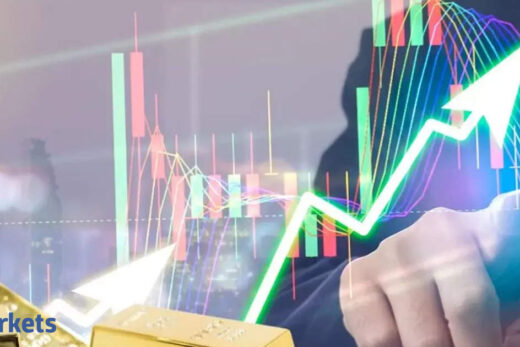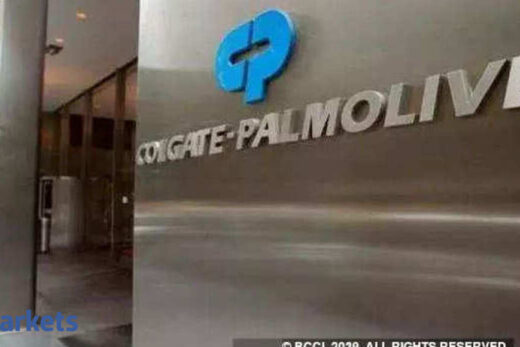The bread earner of the family saves for the future of the child(ren). In India, it is never like working for 40 hours a week, being paid as per the hours and chilling on the weekend and being broke by Monday morning. India’s tradition of investment is a long term game that considers generations ahead.
The Indian government realised this soon after independence and hence created a lot of schemes that come as retirement plans. The banks that come under the Reserve bank of India also come up with policies and plans to facilitate their customers into long term planning that involves minimum risk and a decent investment.
Indians have been diverse in terms of their culture. But, the one thing that binds every Indian is the love for gold and silver. And again, traditionally speaking, gold is the symbol of Laxmi, the goddess of wealth. Gold is gifted to the bride and groom during the marriage. Gold is also worn as a piece of jewellery. Financially speaking, it is holding an asset that can be used in thick and thin for generations ahead.
Another very popular financial instrument that Indians invest in is the FD or the fixed deposit. But with the new advancement of digital currency, will an average Indian adopt crypto? Let us see the differences and similarities.
Fixed deposit versus cryptocurrency
Tax exemption: When you invest in FD, there are different sections under which you can invest your money in. For this investment that you declare, the government is notified of your strategy and you might get some consideration under tax benefit. On the other hand, the Indian government is not a too crypto pro, and hence, there is no tax exemption on the profits you make from investing in crypto.
Government-supported: For creating an FD account with your bank, the steps are quite easy. A loaded bank account is good to go to create an FD account. While on the other hand, crypto investment requires you to create an account with a trading platform, that, in a normal case, is not encouraged by any government.
Fixed return: As per the policy chosen by you, your bank and your tenure of FD, you are bound to get a fixed return. This usually does not change. Even if it does, it does not change too frequently. Also, the change in the percentage of return is not too much to give a shock to the investor. On the other hand, crypto rides a roller coaster. One moment the returns are doubled and the next moment you lose half of the money you invested. The frequency of change and the magnitude of change is humongous.
Transactional cost: FDs are long term plans and the entry and exit points are generally continuous till maturity. People generally do not exit their FD plan before it matures. No transaction happens and hence there is no transaction cost. On the contrary, since the crypto market is volatile, people make quick decisions. They enter, stay for some time, exit and then come back when the prices hit deep low. The number of entry and exit points is way too many and this incurs a lot of transactional costs.
No need for any trading or exchange platform: For starting an FD account, you just need a bank account. And, having a bank account has been encouraged by the PM Jan Dhan Yojna. For investing in crypto, the user needs to have a verified account with a trading platform, link the bank account and then start to invest.
Volatility: FDs are an investment that people do not touch. People either start an FD for their retirement or they let it mature. The investment of crypto is not untouched. The amount ascertained for the investment in the crypto is every easily moved and circulated for investing in other cryptos or to encash into the local currency.
Long-term Plan: FDs are long term plans. So is the crypto investment. But only pro-crypto investors understand this and are unshakable. Hence, even though both FD and cryptos are long term investment vehicles, many use the latter for short term gain.
Rare: FDs are not rare. Do you want to open an account? Great! Go ahead. Do you want to mine bitcoin after 2140? Sorry, you cannot. Crypto comes with a finite supply and hence are rare. FDs are run on traditional money and we can have any number of traditional money notes as we want.
No mining: This supports the above point. There is no mining or extra effort to convert your traditional money to be invested in FD. For cryptos, you need to mine new tokens to maintain their circulation or someone mines and sells them so that others can invest in them.
Minimum risk: FDs are the most secure, least risk involving financial planning method. Once you deposit money, you can forget it till it matures. Cryptos occupy the investors’ time and attention. You lose your focus, you might lose a lot!
Inflation rate and rate of interest: As the inflation rate is higher, traditional instruments like FDs and RDs don’t provide great relief. Even though crypto gets your heart beat faster, a person with good research on crypto can enter the market, stay for the time, make amazing money and exit intelligently. He/she doesn’t wait for the 5-year tenure to get over.
Indians love to invest money in the first place, love to invest for the long term and want their money to grow. While some people are risk-takers, some are more traditional. Investment strategies are like food choices. It depends from individual to individual. One that works for you might not work for your friend. Hence, it is always advisable to understand one’s needs and wants and decide what best fits their goal.
Always remember: DYOR – Do Your Own Research.
The writer is co-founder & CEO of Unocoin Technologies Private Limited



